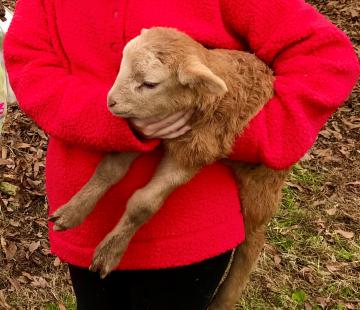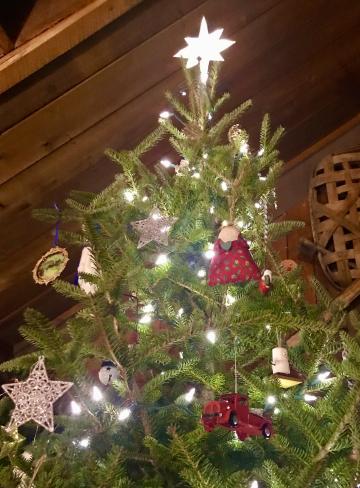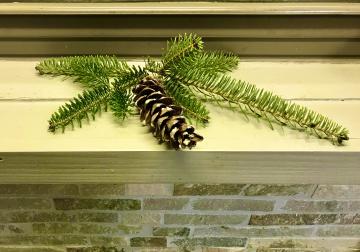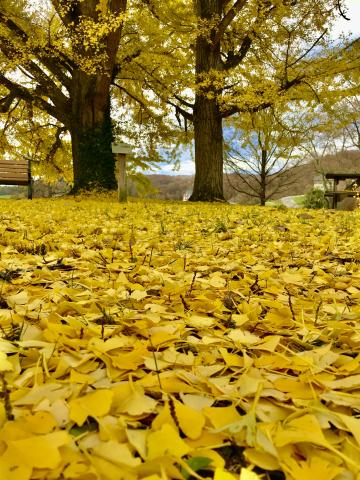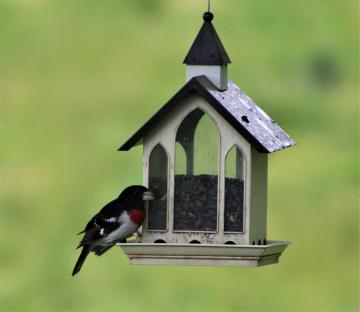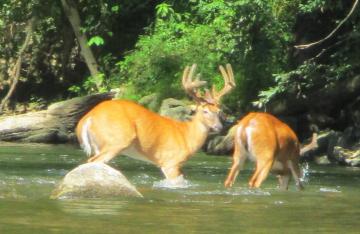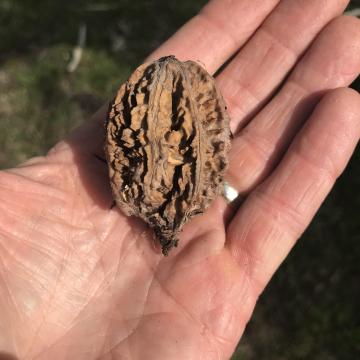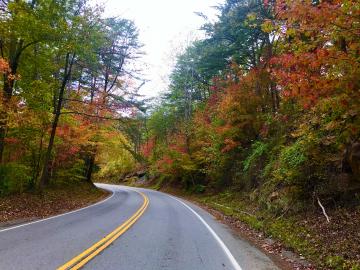Old Christmas Superstitions
Christmas has been well entrenched in our culture for centuries, with most of our traditions coming over from Europe with the early settlers. It’s not surprising that superstitions about Christmas worked their way into the holiday. Here are a few that have hung around
- Read more about Old Christmas Superstitions
- Log in to post comments
